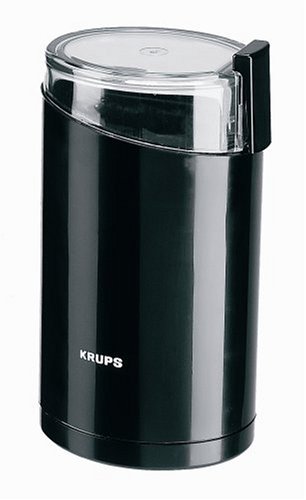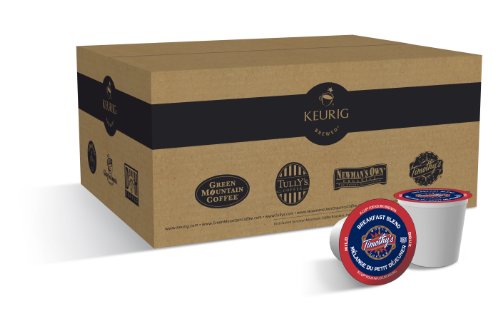Frozen yogurt has a distinct, tangy flavor from that of ice cream. While both ice cream and frozen yogurt are dairy products, the later of the two has a unique flavor because of the cultures that yogurt contains.
Frozen yogurt and ice cream are made in much the same way with many of the same ingredients. The main difference, besides the yogurt culture added to frozen yogurt, is the fact that it needs water and air. Added to the mix, air creates volume. Water is added to help the yogurt perform a partially solid state. frozen yogurt is never fully frozen; rather it plainly contains ice crystals.
Again, like ice cream, the biggest component to frozen yogurt is milk. The difference between the two lies in the estimate of Milk fat. Milk fat lends a rich taste to the two and is where the "creamy" texture comes in to play. In frozen yogurt, milk solids not the fat make up a good measure of it.
While sugar is primarily the sweetener, other sweeteners are sometimes combined. This is an important ingredient in the frozen yogurt. It not only adds to its sweetness, butt to the body of the frozen yogurt as well. Sometimes eggs are used to boost the texture as well.
For a plane consistency, manufacturers use different forms of animal and vegetable gelatins. This is especially important where temperatures can convert and make the texture coarser. The stabilizers help sacrifice the estimate of crystallization and help prevent melting. Emulsifiers are also used to help blend liquids that usually would not go together. These are commonly fatty acids and besides altering the texture, they add firmness to the yogurt as well.
Finally, additional flavors are added as are fruit, nuts and spices. This add not only great flavor, but make for so many different options when purchasing.



















